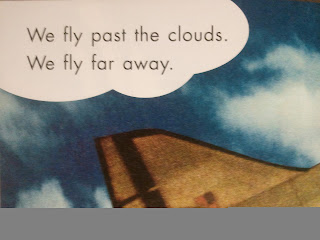This item includes over 50 pages of Word Hunts, directions, photographs and an answer key. It includes a recording template and words to hide around your classroom for each hunt. They cover the following literacy skills all found in the Common Core, of course.
•Basic Sight Words
•Word Families/ Chunks
•Question Words
•Categories
•-ed and -ing Words
•synonyms, homophones and antonyms
•long and short vowels
•Magic E Words
•"Two Vowels Go Walking" Words
•Animals/ Baby Words
•Root and Base Words
•Contractions
•Bossy R Words
•Adverbs
There's much, much more too. Here are some photographs of the first Scavenger Hunt up in my classroom. Can you find the hidden sight words placed on apples? Here is the word, "to."
Here is the word "of" above my "Pick a Prompt" Center.
OK, folks. This one is easy. If you look closely, you can see me reading to my dog, Toby!
Here is Fred, our class scarecrow, holding the word "I."
This item includes 19 Scavenger Hunts just like the one you see. It has the record sheets as well as the words you hide around your classroom. They can be printed on card stock or on labels and stuck to holiday/seasonal cutouts. Click here to read more about this item in my TpT Store.






















